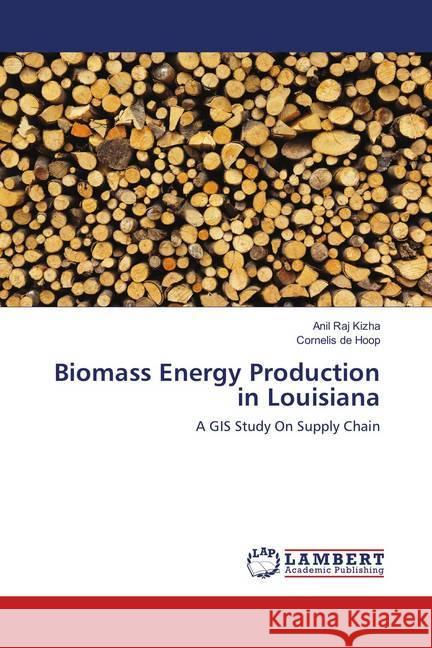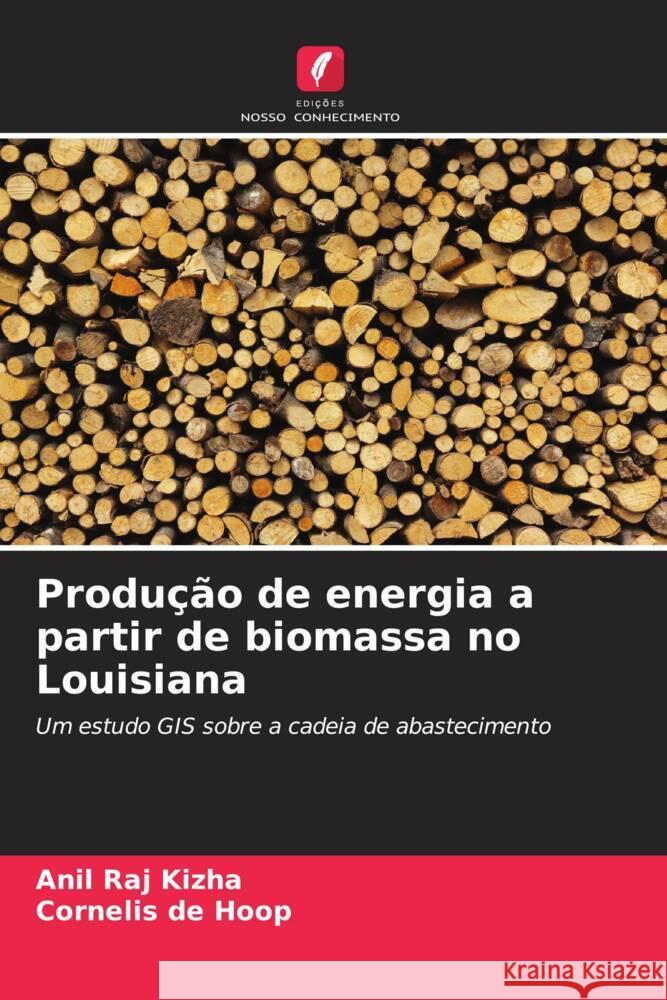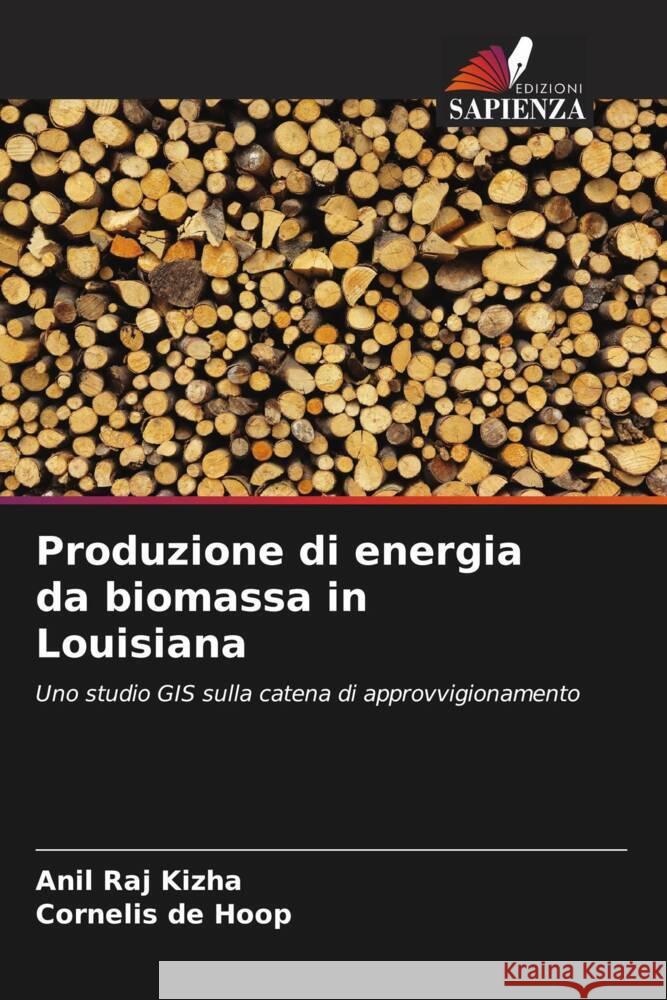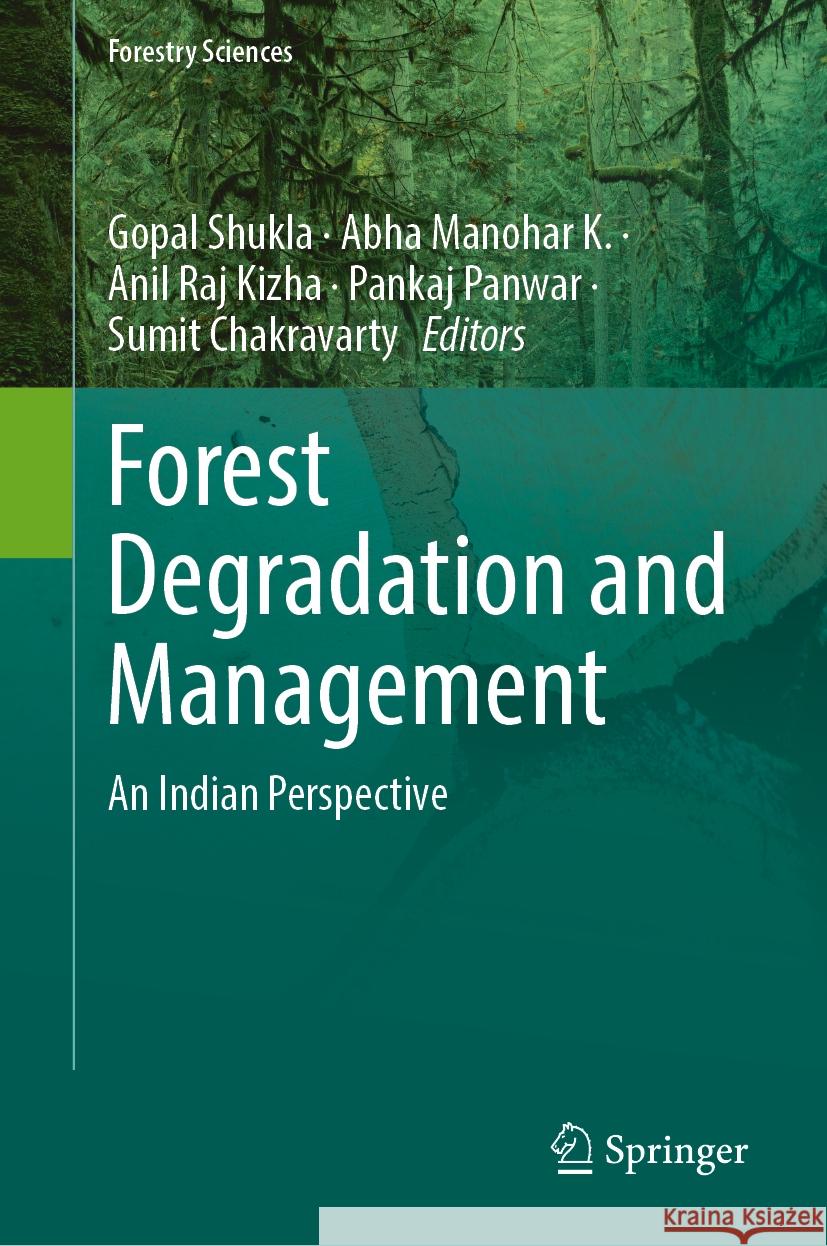topmenu
Wyniki wyszukiwania:
wyszukanych pozycji: 7
 |
Production d'énergie à partir de la biomasse en Louisiane
ISBN: 9786208621230 / Francuski / Miękka / 2025 / 132 str. Termin realizacji zamówienia: ok. 10-14 dni roboczych (Dostawa w 2026 r.) L'un des principaux inconvénients des combustibles issus de la biomasse est leur nature encombrante et le coût élevé de leur transport jusqu'à l'installation où l'énergie est produite. La chaîne d'approvisionnement des résidus de biomasse joue donc un rôle crucial dans la détermination de la viabilité financière de la production de bioénergie. Le transport de la biomasse à des fins énergétiques sur plus de 80 km n'est pas considéré comme économiquement viable dans la plupart des cas. Dans le scénario de l'énergie du bois, la distance maximale est plus souvent limitée à...
L'un des principaux inconvénients des combustibles issus de la biomasse est leur nature encombrante et le coût élevé de leur transport jusqu'à l'...
|
cena:
186,98 |
 |
Energieerzeugung aus Biomasse in Louisiana
ISBN: 9786208621285 / Niemiecki / Miękka / 2025 / 132 str. Termin realizacji zamówienia: ok. 16-18 dni roboczych (Dostawa w 2026 r.) Ein großer Nachteil von Biomasse als Brennstoff ist ihre Sperrigkeit und die daraus resultierenden hohen Kosten für den Transport des Brennstoffs zu der Anlage, in der die Energie erzeugt wird. Daher spielt die Lieferkette von Biomasserückständen eine entscheidende Rolle bei der Bestimmung der finanziellen Tragfähigkeit der Bioenergieerzeugung. Der Transport von Biomasse für Energiezwecke über mehr als 80 km (50 Meilen) wird unter den meisten Bedingungen als wirtschaftlich nicht machbar angesehen. Im Szenario der Holzenergie ist die maximale Entfernung zwischen Produktion und Verbrauch...
Ein großer Nachteil von Biomasse als Brennstoff ist ihre Sperrigkeit und die daraus resultierenden hohen Kosten für den Transport des Brennstoffs zu...
|
cena:
246,92 |
 |
Biomass Energy Production in Louisiana : A GIS Study On Supply Chain
ISBN: 9783659897689 / Angielski / Miękka / 2016 / 140 str. Termin realizacji zamówienia: ok. 10-14 dni roboczych (Dostawa w 2026 r.) |
cena:
249,46 |
 |
Produção de energia a partir de biomassa no Louisiana
ISBN: 9786208621292 / Portugalski / Miękka / 2025 / 132 str. Termin realizacji zamówienia: ok. 10-14 dni roboczych (Dostawa w 2026 r.) |
cena:
186,98 |
 |
Produzione di energia da biomassa in Louisiana
ISBN: 9786208621308 / Włoski / Miękka / 2025 / 128 str. Termin realizacji zamówienia: ok. 16-18 dni roboczych (Dostawa w 2026 r.) |
cena:
246,92 |
 |
Proizwodstwo änergii iz biomassy w Luiziane
ISBN: 9786208621223 / Rosyjski / Miękka / 136 str. Termin realizacji zamówienia: ok. 10-14 dni roboczych (Dostawa w 2026 r.) |
cena:
249,46 |
 |
Forest Degradation and Management: An Indian Perspective
ISBN: 9783031840548 / Angielski / Twarda / 2025 / 494 str. Termin realizacji zamówienia: ok. 22 dni roboczych (Dostawa w 2026 r.) Forest Degradation and Management - An Indian Perspective provides an overview of the dynamics and challenges surrounding forest degradation in India. It reveals the harmful impacts of human activity on natural resources, ecosystems, and communities, and emphasizes the urgent need for sustainable forest management practices. The book is divided into four parts, each offering a different perspective on forest degradation. Part I presents an overview of forest degradation in India, including a comparative analysis of assessment tools. Part II explores the ecological impacts of forest...
Forest Degradation and Management - An Indian Perspective provides an overview of the dynamics and challenges surrounding forest degradation in India...
|
cena:
1004,02 |










